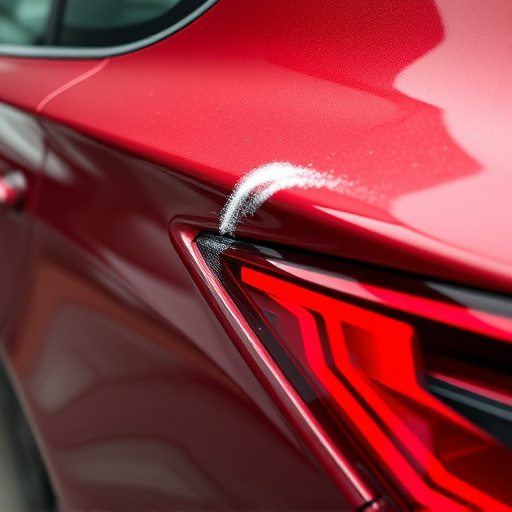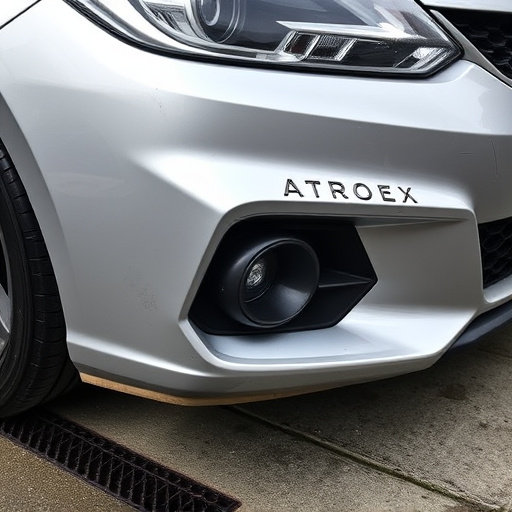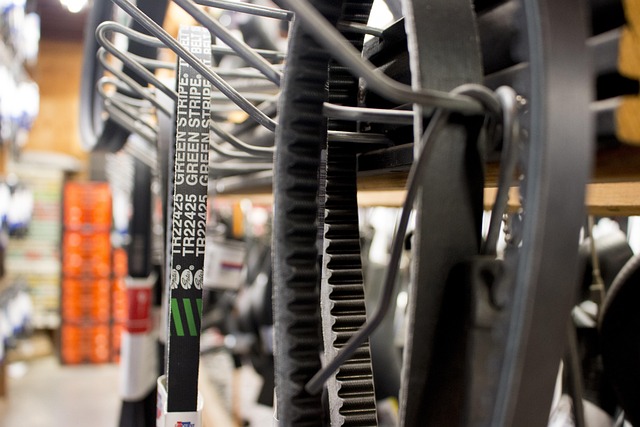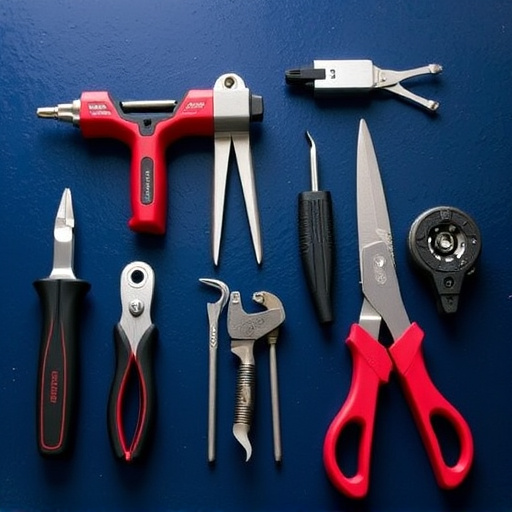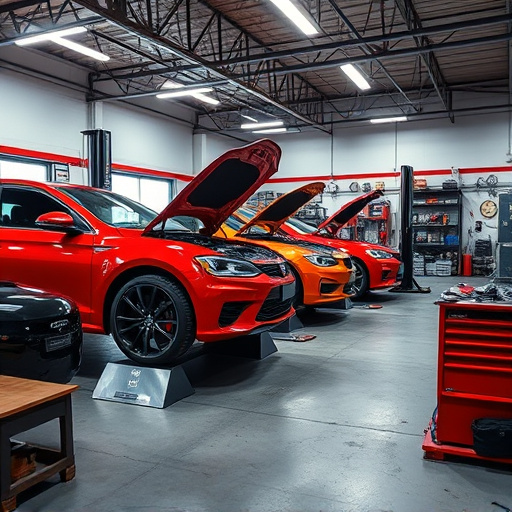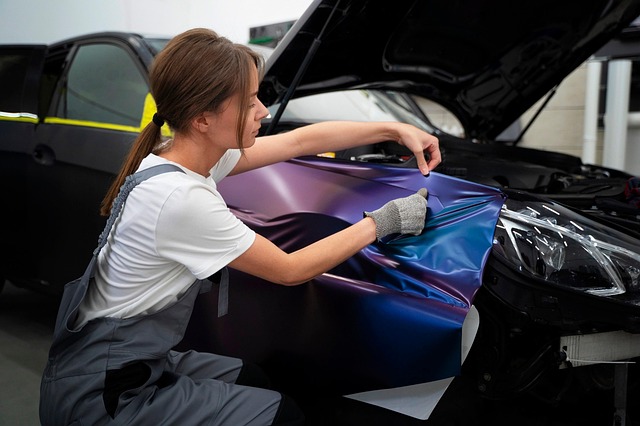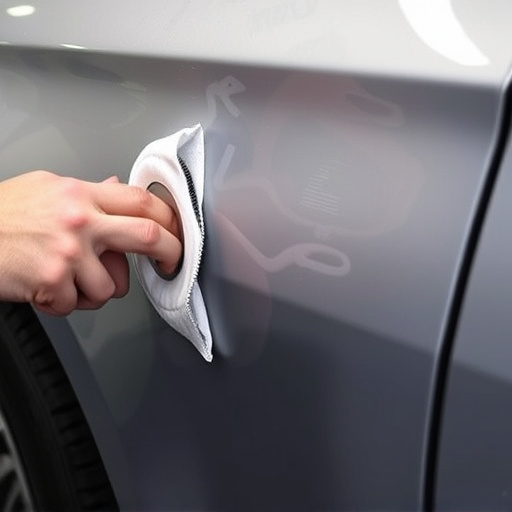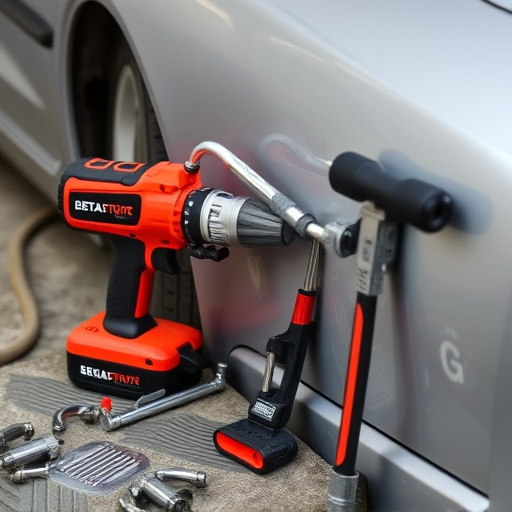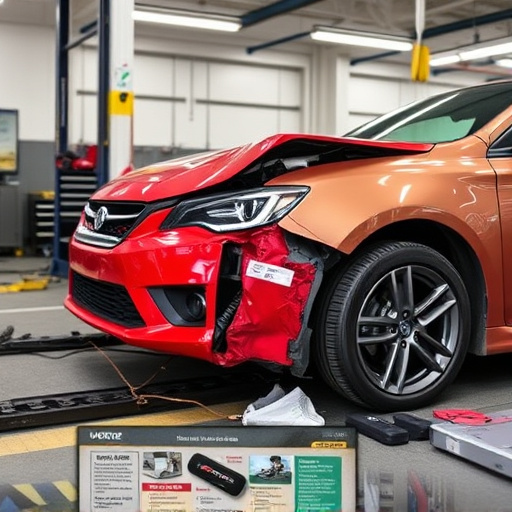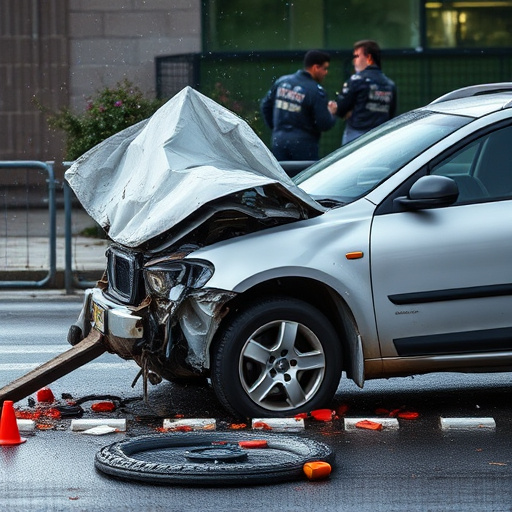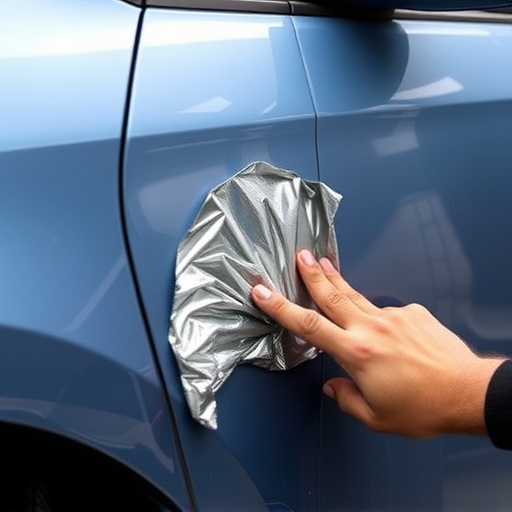Tesla Falcon Wing doors, while stunning and advanced, require specialized repair after minor accidents due to their complex mechanics. For reliable restoration, consult experienced auto collision centers specializing in Tesla models and paint work. Prompt assessment is key to preventing further damage; professionals use techniques like frame straightening for thorough diagnostics. Repairs involve panel removal, dent fixing, glass replacement (if needed), realigning door panels, testing functionality, and matching touch-up paint application.
“Tesla’s iconic Falcon Wing doors are both a statement of design and engineering prowess. However, minor accidents can compromise their structural integrity. This article delves into the unique mechanics of these doors, explaining how even slight incidents can affect performance. We provide an easy-to-follow step-by-step guide for efficient repairs, ensuring your Tesla’s doors not only look as good as new but also maintain their advanced functionality. Learn the essential techniques for effective Tesla falcon wing door repair.”
- Understanding Tesla Falcon Wing Doors and Their Unique Design
- Assessing Minor Accidents and Their Impact on Door Integrity
- Step-by-Step Guide to Efficient and Effective Repair Techniques
Understanding Tesla Falcon Wing Doors and Their Unique Design
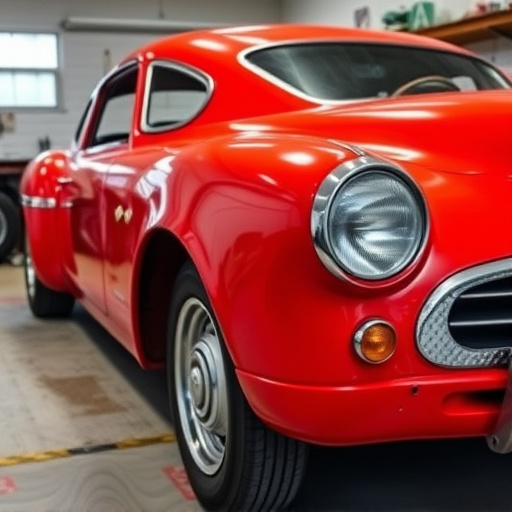
Tesla Falcon Wing doors are a striking feature on many Tesla models, known for their sleek, futuristic design that hinges vertically at the vehicle’s sides, allowing for easy entry and exit. This unique architecture sets them apart from traditional car doors, but it also means that repairs after minor accidents require specialized attention. When considering Tesla falcon wing door repair, understanding the intricate mechanics of this design is crucial.
These doors are not just about aesthetics; they house complex mechanisms for opening and closing, including precision-engineered hinges and motorized actuators. Any damage to these components can affect both the vehicle’s functionality and its appearance. That’s why it’s best to trust repairs to an auto collision center with experience in Tesla models and expertise in vehicle paint repair. Proficient technicians will ensure that any dents or scratches are expertly corrected, maintaining the doors’ original beauty and ensuring smooth operation once again.
Assessing Minor Accidents and Their Impact on Door Integrity

Minor accidents can significantly impact the integrity of Tesla’s unique falcon wing doors, often requiring expert attention for proper repair. The intricate design and complex mechanics of these doors mean that even minor dents or scratches can affect their functionality and appearance. When a car experiences a collision or bumps against an object, it’s crucial to assess the extent of the damage promptly. In many cases, visual inspections may reveal apparent surface-level issues, but deeper examination might uncover more substantial problems with the door’s frame or hinges.
For owners considering Tesla falcon wing door repair after such incidents, seeking professional assistance is vital. Auto body repair experts skilled in handling high-end vehicles like Teslas can perform thorough diagnostics and employ techniques such as frame straightening to ensure the doors operate seamlessly and look pristine again. Efficient and accurate repairs at this stage can prevent further damage, maintaining the car’s overall value and aesthetics.
Step-by-Step Guide to Efficient and Effective Repair Techniques
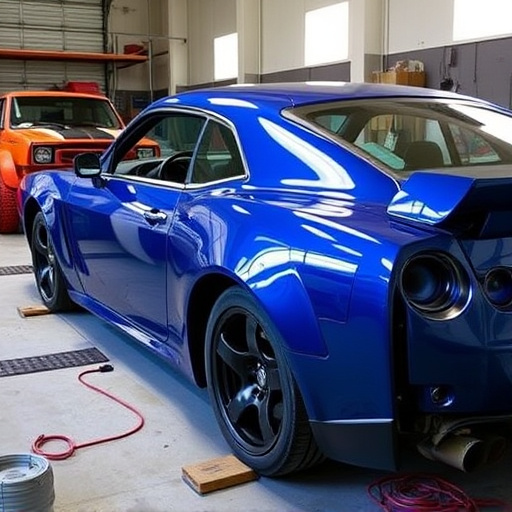
Repairing a Tesla Falcon Wing door after a minor accident requires precision and the right tools. Here’s a step-by-step guide to ensure efficient and effective results, keeping in mind the unique design of this iconic vehicle feature.
1. Assess the Damage: Begin by thoroughly inspecting the door for dents, cracks, or any misalignments. Minor accidents may cause subtle damage that can be easily fixed. Using a flashlight, check for hidden dents or impact points that could affect alignment.
2. Remove Affected Panels: Carefully disassemble the damaged sections of the Falcon Wing door. This might involve unscrewing panels, removing seals, and detaching electrical connections. Ensure you have all the necessary tools, including screwdrivers, hex keys, and pliers, to make this process smoother.
3. Dent Removal: For minor dents, use a professional-grade dent removal tool or a rubber mallet to gently push out the dents. This technique is ideal for early-stage damage before the metal hardens. After removing dents, smoothen the area with a body filler and sandpaper.
4. Auto Glass Repair (if necessary): If the accident affected the glass panels within the door, a specialist auto glass repair service should be contacted. They can replace or repair cracked or chipped windows, ensuring safety and functionality.
5. Align and Adjust: Once all damaged sections are repaired, carefully realign the door panels using the vehicle’s original specifications as a guide. Ensure proper sealing and fit by checking for gaps and securing any loose parts.
6. Test and Fine-tune: After reassembling, test the door’s operation, including its opening and closing mechanisms and automatic closure feature. Make any necessary adjustments to ensure seamless performance.
7. Professional Touch-up: Finally, apply a high-quality touch-up paint specifically designed for Teslas to match the original color perfectly. This step is crucial in ensuring your repaired Falcon Wing door blends seamlessly with the rest of the vehicle’s exterior.
In conclusion, Tesla Falcon Wing Door repair after minor accidents is a specialized task that requires careful assessment and precise techniques. Understanding the unique design of these doors and their impact on vehicle integrity is crucial for ensuring optimal performance and aesthetics. With the right tools and a step-by-step approach, it’s possible to efficiently repair and restore these doors, keeping your Tesla looking as good as new. For any Tesla owner, familiarizing themselves with falcon wing door repair techniques can be a valuable skill, promoting both convenience and cost-effectiveness.
